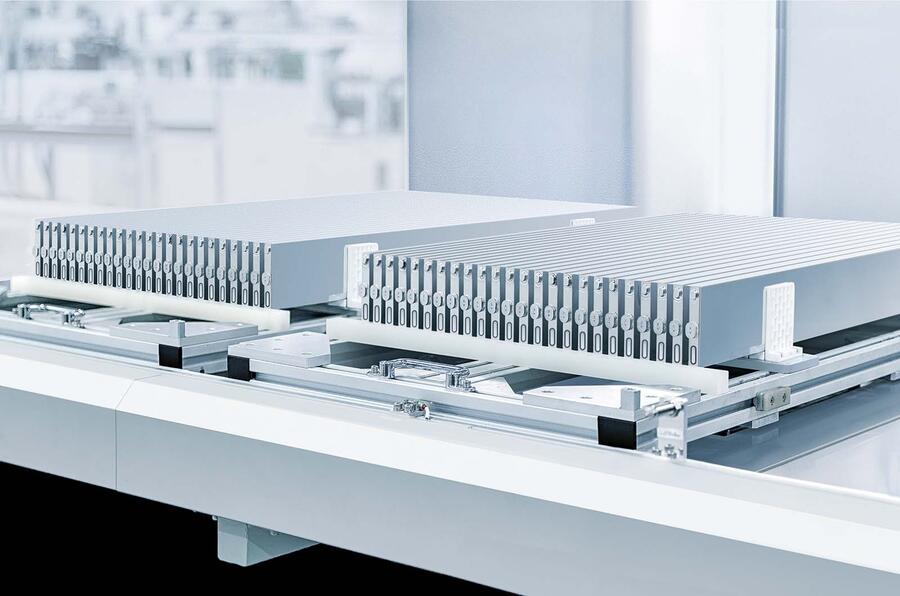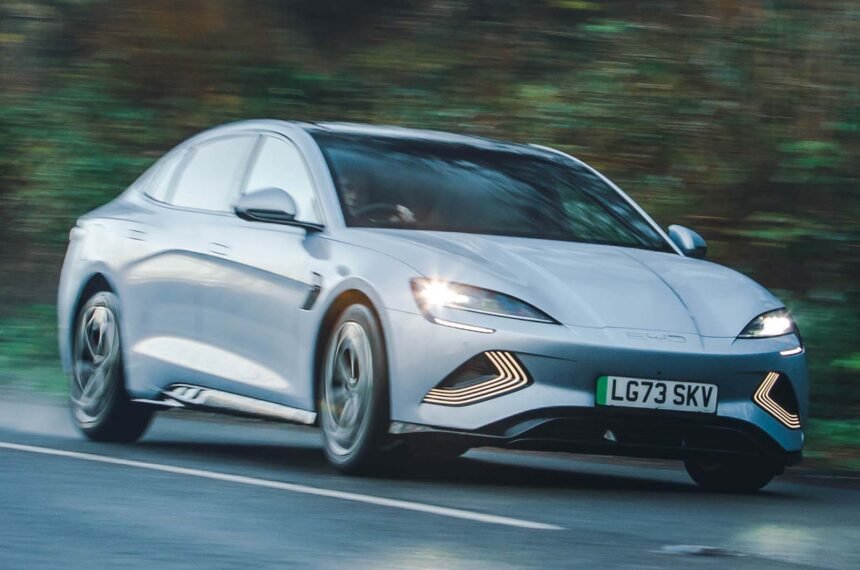BYD Introduces Super e-Platform and Flash-Charge Battery
Electric vehicle drivetrains and batteries are evolving rapidly, outpacing the traditional combustion engine technology. One of the significant advancements in this field is the increase in range and the push to reduce charging times to match the convenience of refuelling an internal combustion engine.
Recently, BYD unveiled its Super e-Platform along with the latest iteration of its lithium-iron-phosphate (LFP) Blade battery, featuring a ‘flash-charge’ capability that promises to recharge in just six minutes. This development brings electric vehicle charging times closer to the efficiency of refuelling a petrol or diesel vehicle.
The Super e-Platform is designed to support charging at speeds of up to 1000kW, a remarkable leap from the typical rapid-charge rate of 50kW seen just a few years ago. The Blade battery stands out for its unique design, with long and slim cells measuring nearly a meter in length, as opposed to the conventional smaller pouch, cylindrical, or prism cells.
Although the Blade battery features LFP chemistry, which is not groundbreaking, it offers several advantages such as cost-effectiveness, absence of cobalt and nickel, and enhanced safety features. LFP chemistry is known for its slow heat release and non-emission of oxygen if damaged, making it a reliable choice for electric vehicle batteries.
BYD has demonstrated the safety of its Blade battery through rigorous tests, showing that it can withstand nail penetration without emitting fire or smoke, unlike batteries with alternative chemistries like NMC (lithium, nickel, manganese, cobalt oxide) which exhibit violent reactions under similar conditions.
One of the standout features of the BYD flash-charge battery is its ability to achieve a charge rate of 10C, showcasing its rapid charging capability. The ‘C’ rate indicates the speed at which a battery can accept and discharge energy in relation to its capacity, highlighting the efficiency of the flash-charge technology.

With BYD’s innovative developments in electric vehicle batteries and charging infrastructure, the future of electric mobility looks promising, with faster charging times and enhanced safety standards paving the way for widespread adoption of electric vehicles.







